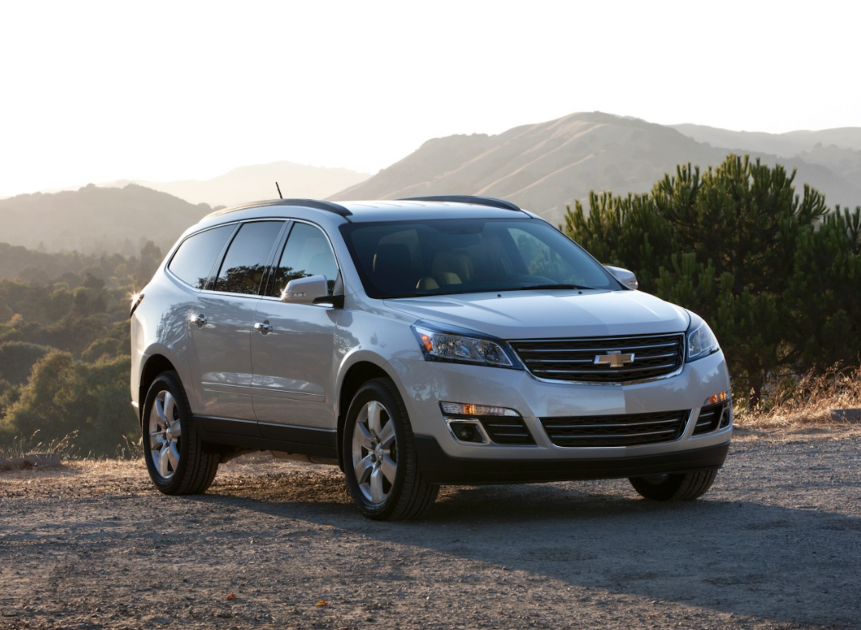
Parenting Pro Tips: What You Should and Shouldn’t Do When Installing a Car Seat
Globally, road traffic collisions are the ninth leading cause of death, killing almost 1.25 million people each year—and for children, these numbers are even higher. According to The World Health Organization (WHO), road traffic accidents accounted for 21 percent of fatalities of those aged 0-19. But these tragedies can be easily prevented: WHO states that child restraints, when correctly installed and used, reduce deaths among infants by approximately 70 percent and deaths among small children by between 54 percent and 80 percent.
Child restraints have proven to reduce the risk of death among infants by approximately 70 percent, and deaths among small children by between 54 and 80 percent. When installed correctly child restraints have the ability to reduce injury or prevent death in the event of an automobile accident, but if they aren’t installed properly, their effectiveness can be reduced. Even the most well-meaning parents can sometimes have trouble installing child seats correctly, so Chevrolet has come up with this complete list of car seat dos and don’ts to help you keep your little ones safe.
DO choose the right seat for the child. Research different types of seats and their age, height, and weight guidelines, and keep track of the child’s growth in these aspects to anticipate when a new seat or seat modification will be required.
DON’T buy a second-hand car seat. There’s no way to know for sure if the seat has been in an accident, if it has missing or outdated parts, has been recalled, or if it has expired (it is recommended to check the car seat expiration date). Saving a bit of money on a used car seat isn’t worth the safety risk, so invest in a new one that you know will work well.
DO make sure to position the car seat in the right direction for your child’s age, weight and height: forward or backward. Generally, rear-facing child seats are more secure for babies or until they’re too big to fit. However, the label on the seat will have specific height- and weight-related information about when to turn the car seat from rear-facing to forward-facing.
DON’T ever put a child restraint in the front passenger seat—even if it’s rear-facing. According to WHO, best-practice child restraint laws restrict children (under 13 years old) from sitting in the front seat at all, so putting an infant or toddler in the front seat is especially risky. A passenger seat airbag, while meant to protect an adult from the impact of a collision, can seriously injure a small child.
DO thoroughly read the instruction manual that comes with the car seat. Safety-belt attachments should be tight, the tethers should be attached correctly based on the direction the seat is facing in a car that uses the LATCH system, and a brand- and car seat model-specific protective mat should be placed underneath the seat to prevent slippage.
DON’T buckle the child in with bulky clothing or outerwear. These items can prevent you from tightening the straps enough and can allow a child to slip out of their car seat by wiggling too much. If your child is cold, buckle them into their car seat and then lay their jacket or a blanket over them.
DO make sure to buckle the child in correctly. They should be sitting with their back and bottom flat against the seat, the straps should be snug (with no more than a finger’s width of slack), and the chest clip should be even with the child’s armpits. They should not be able to slip out of the harness or pull the straps far away from their body.
While only 53 countries worldwide have best-practice child restraint laws as laid out by WHO, ensuring a child’s safety by properly installing and using a car seat should be a priority. Invest the time and energy into finding the right seat, installing it well, and buckling the child in correctly, and in turn, invest in protecting the child during an accident.



























